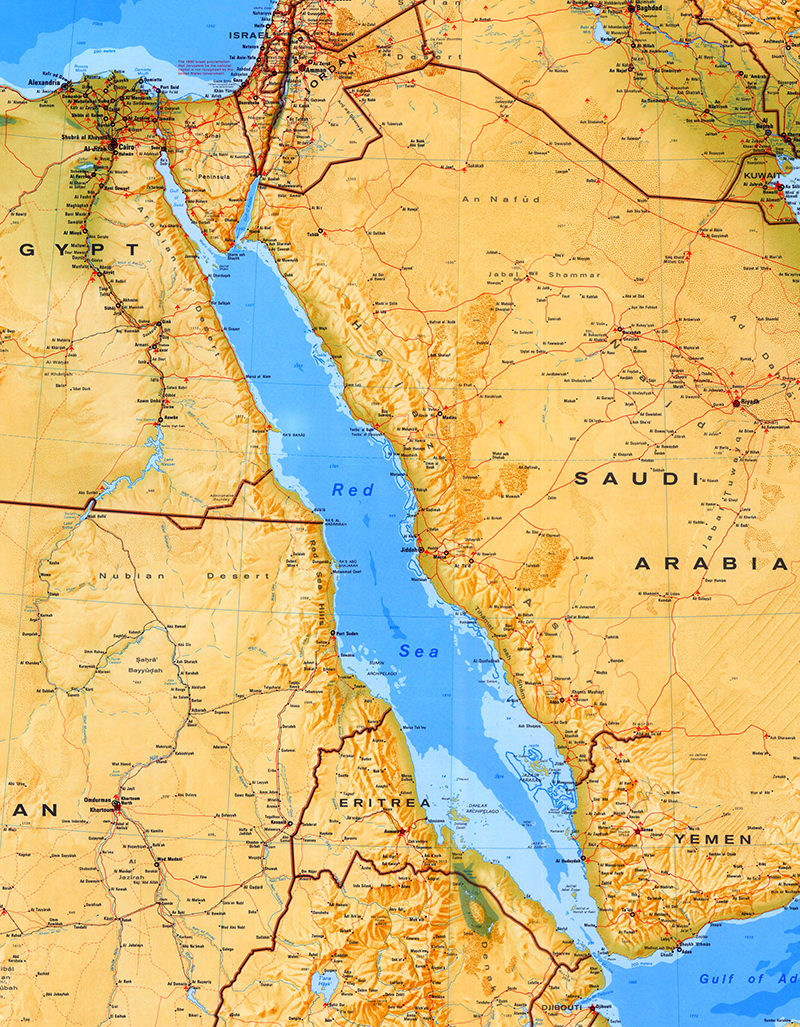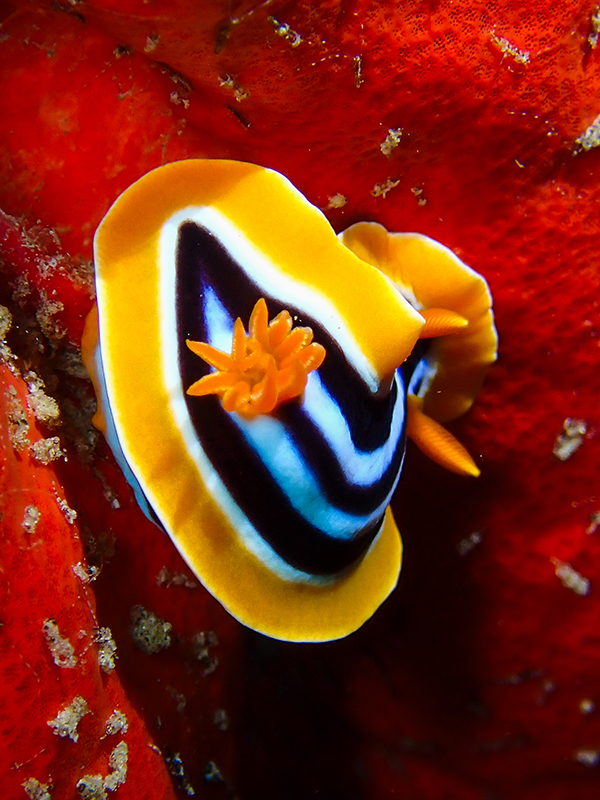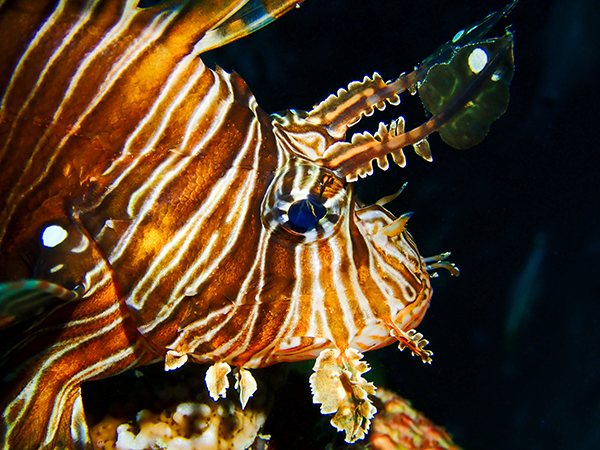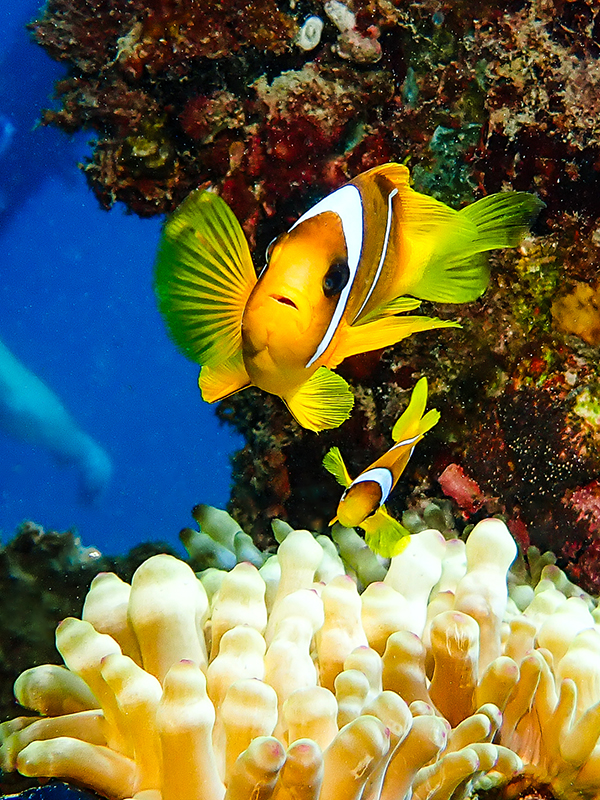Red Sea
The Red Sea is renowned for its stunning marine biodiversity, with vibrant coral reefs, numerous species of fish, and other marine life. It's a popular destination for divers and snorkelers due to its clear waters and rich underwater ecosystems.
- SalinityKnown for its high salinity, the Red Sea has one of the highest levels of salt concentration among the world's seas, making it more saline than many other marine bodies.
- BiodiversityIts diverse marine life includes a plethora of coral reefs, fish species, and other organisms, making it a popular spot for divers and researchers interested in exploring its rich ecosystems.
Where Is The Red Sea?
The Red Sea is a semi-enclosed, beautiful inlet (or extension) of the Indian Ocean located between the magnificent continents of Africa and Asia. It is connected to the Arabian Sea and the Indian Ocean to the south through the Gulf of Aden and the narrow strait of Bab el Mandeb. The northern portion of the Red Sea is divided by the stunning Sinai Peninsula into the Gulf of Aqaba and the Gulf of Suez, where it is connected to the Mediterranean Sea via the famous Suez Canal.
A total of 6 amazing countries of Asia and Africa border the Red Sea. The countries of Yemen and Saudi Arabia border the Red Sea to the east. The Red Sea is bordered by Egypt to the north and west, and by Sudan, Eritrea, and Djibouti to the west. The Gulf of Aqaba is bordered by Egypt along with Israel, Jordan, and Saudi Arabia. Besides these 6 wonderful countries, some other areas including Somalia are also often recognized as Red Sea Territories, due to their proximity to the sea and the geographical similarities with the countries that border the Red Sea.

Origin Of The Name
There are a few theories about how the Red Sea got its name. One theory that is quite popular suggests that the sea gets its reddish-brown color from seasonal blooms of a red-colored cyanobacteria alga called Trichodesmium erythraeum. The Greek name for the sea, Erythra Thalassa, directly translates to "Red Sea." The Europeans also used to call it the Erythraean Sea.
Some modern scholars believe that certain languages in Asia used color words to represent the cardinal directions. In this case, the word "red" would refer to the south direction on the compass, just like the Black Sea's name alludes to the north direction. Additionally, the Bible mentions the Red Sea in the account of the Israelites miraculously crossing it. In the Greek translation of the Book of Exodus, known as the Septuagint, the Hebrew term "Yam Suph" is translated to "Erythra Thalassa" (Red Sea).
The Climate Of The Red Sea
The climate of the Red Sea is influenced by two monsoon seasons, namely the northeasterly monsoon and the southwesterly monsoon. During the summer, the average surface temperature of the Red Sea is around 26°C on the northern side and approximately 30°C on the southern side. In the winter months, the temperature decreases slightly by about 2°C. The region experiences very little rainfall, with an average of only 0.06m per year. Occasionally, desert dust storms sweep across the sea. Due to the warm surface water temperatures, the Red Sea is known as one of the world's warmest seas.
The combination of high heat and low precipitation results in high levels of evaporation, which contributes to the high salinity of the Red Sea. It is estimated that the salinity of the sea ranges from 36% on the southern side to about 41% on the northern side.
Islands In The Red Sea
Here are over a thousand beautiful volcanic islands in the Red Sea! The southern part is home to the two largest groups of islands, while the eastern part boasts the Farasan Islands and the western part is dotted with the Dahlak Archipelago, which has more than 350 islands. You might have heard of some famous islands like Tiran Island, located near the mouth of the Gulf of Aqaba, or the enchanting Shadwan Island, found at the entrance of the Gulf of Suez. In the northern part of the Red Sea, you'll find the Al Wajh Bank, known for its amazing biodiversity. Yemen has control over several captivating Red Sea Islands including Kamaran, Perim, Hanish, and Socotra.
Marine Life And Protected Areas
The Red Sea is home to a rich and diverse ecosystem, with a large number of unique species. The extensive network of shallow shelves in the Red Sea is home to over 1,000 invertebrate species, 200 types of corals, and more than 1,200 species of fish. It is estimated that around 14.7% of the fish species in the Red Sea are found nowhere else in the world, making it one of the top areas for unique fish species.
Researchers have discovered that about 90% of the fish in the Red Sea belong to the Pseudochromidae family, known as Red Sea dottybacks, and the Tripterygiidae family, known as triple fins fish. More than half of the butterflyfish in the Red Sea, which are part of the Chaetodontidae family, are also unique to this region. Additionally, the Red Sea is home to 175 nudibranchs and 44 species of sharks.
The thriving coral reefs in the Red Sea are thanks to the shallow depths and efficient water circulation patterns. These reefs are some of the longest living coral reefs in the world and have adapted to high temperatures and salinity. The fringing coral reefs stretch for approximately 2,000km along the coastline and are primarily made up of stony Acropora and porites corals, which are estimated to be 5,000-7,000 years old. These corals have shown a higher resilience to climate change compared to corals in other parts of the world, making the Red Sea a valuable natural laboratory for studying the effects of a warming ocean on reef ecosystems. The Red Sea also supports other marine habitats such as seagrass beds, mangroves, salt marshes, and salt pans.
To protect the incredible biodiversity of the Red Sea, the Egyptian government established the Ras Mohammed National Park in 1983. Located on the southern edge of the Sinai Peninsula, this marine park helps safeguard marine wildlife and the lush reefs from the pressures of population growth, coastal development, and unsustainable fishing practices.
Life on the Coral ReefDangerous Marine AnimalsBrief History
The ancient Egyptians were the first to explore the Red Sea area between 2,500 BC and 1500 BC. According to the Septuagint translation of the Biblical Book of Exodus, the Israelites miraculously crossed the Red Sea, referred to as 'Yam Suph'. Darius I of Persia, in the 6th century BCE, included the Red Sea in his navigation project to improve and extend navigation by identifying and mapping hazardous rocks and currents. A canal was constructed at Suez, connecting the northern end of the Red Sea and the River Nile. In the late 4th century B.C., Alexander the Great sent naval expeditions through the Red Sea to reach the Indian Ocean. The book "Periplus of the Erythrean Sea" mentions Hippalus, a Greek navigator, who discovered a direct route to India via the Red Sea.
The Romans favored the Red Sea as their main trade route with India. During the Middle Ages, the Red Sea was a significant trade route for spices. The Suez Canal was officially opened on November 17, 1869. However, it remained closed from 1967 to 1975 due to the Six-Day War. Currently, approximately 7% of global sea-trade passes through the Suez Canal.
Human Settlements Along The Red Sea
The Red Sea shares its beautiful marine waters with neighboring countries such as 🇪🇬 Egypt, 🇯🇴 Jordan, 🇮🇱 Israel, 🇸🇦 Saudi Arabia, 🇾🇪 Yemen, 🇸🇩 Sudan, 🇪🇷 Eritrea, and 🇩🇯 Djibouti. These countries are home to approximately 150 million people, making it a vibrant region. The coastline is dotted with bustling cities like Jeddah, Port Sudan, Massawa, Eliat, Aqaba, and Al Hodeidah, which are rapidly growing and thriving. However, it's important to note that some of these countries face challenges such as violence, instability, corruption, and tyranny.
Egypt, in particular, boasts a stunning 1,500km long coastline along the Red Sea and is renowned for its recreational activities. Tourists flock to this area to enjoy diving in breathtaking sites like Ras Mohammed, Daedalus Reef, Elphinstone Reef, St. John’s Reef, The Brothers, and Rocky Island. The Red Sea also offers a range of famous resorts including Hurghada, Marsa Alam, Safaga, El Gouna, Dahab, and Taba, providing visitors with unforgettable experiences.
Expolore DivesitesInteresting places for divingEconomy
The Red Sea is incredibly important for the global economy. The coral reefs of the Red Sea not only provide food but also support the livelihoods of over 28 million people who live along the coasts. The fisheries alone generate approximately US$230 million in annual revenue, while tourism brings in about US$12 billion. Moreover, the unique coral reefs of the Red Sea are valuable sources of medicine and natural products. In addition to that, the Red Sea is rich in mineral resources such as gypsum, dolomite, halite, phosphates, and sulfur. Alongside these natural resources, nations located along the Red Sea also engage in various commercial and industrial activities, including the exploration of oil and natural gas deposits.
Facts
| Feature | Fact |
|---|---|
| Length | 2,250 km |
| Maximum Width | 355 km |
| Minimum Width | 26 km |
| Average Width | 280 km |
| Average Depth | 490 m |
| Maximum Depth | 3,040 m |
| Surface Area | 43,800 Km2 |
| Volume | 215,000 Km3 |



